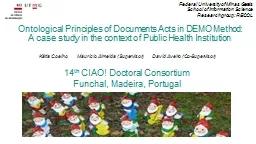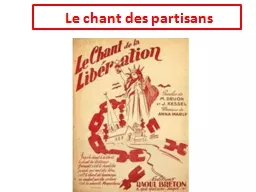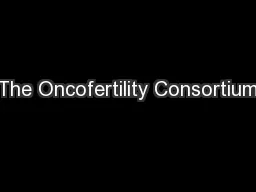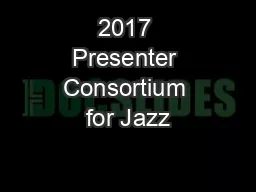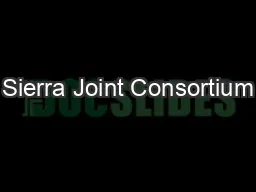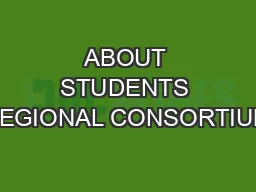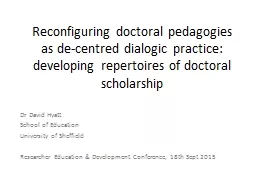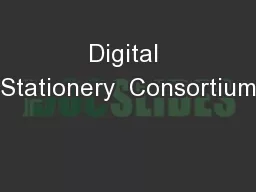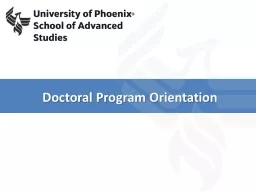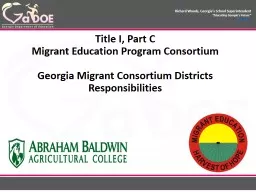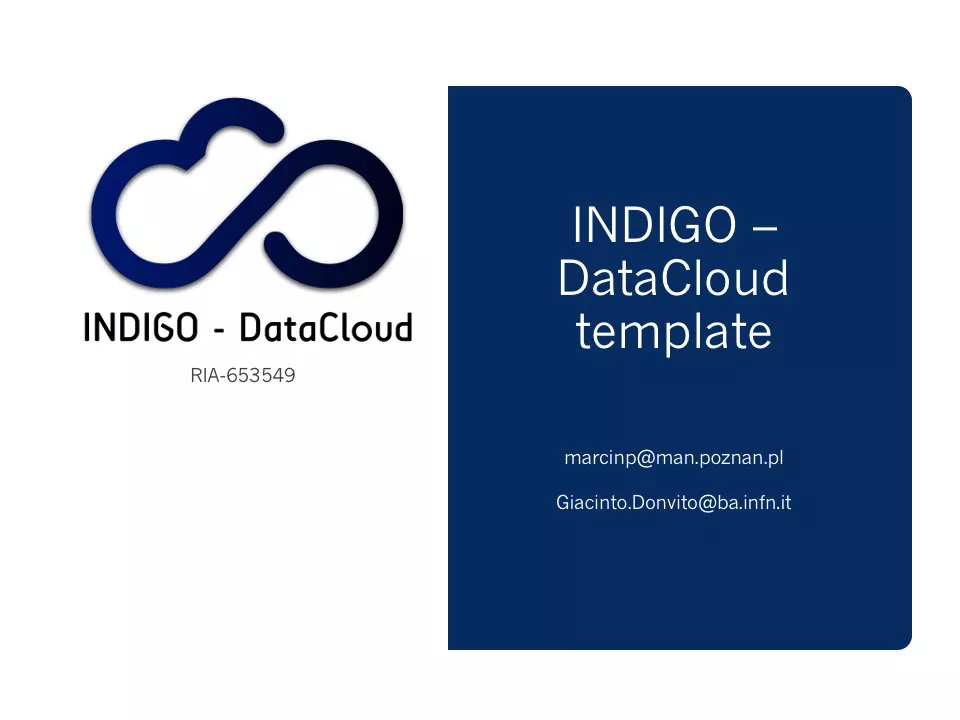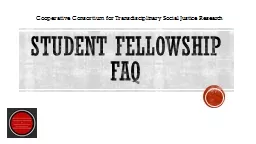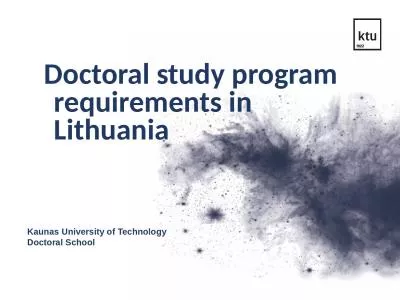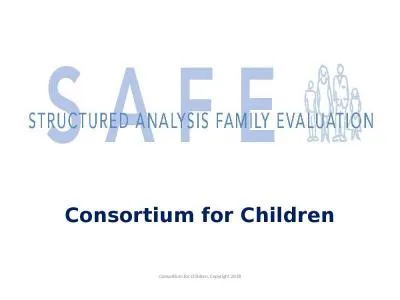PPT-14 th CIAO ! Doctoral Consortium
Author : eatsui | Published Date : 2020-06-17
Funchal Madeira Portugal Ontological Principles of Documents Acts in DEMO Method A case study in the context of Public Health Institution Kátia Coelho Maurício
Presentation Embed Code
Download Presentation
Download Presentation The PPT/PDF document "14 th CIAO ! Doctoral Consortium" is the property of its rightful owner. Permission is granted to download and print the materials on this website for personal, non-commercial use only, and to display it on your personal computer provided you do not modify the materials and that you retain all copyright notices contained in the materials. By downloading content from our website, you accept the terms of this agreement.
14 th CIAO ! Doctoral Consortium: Transcript
Download Rules Of Document
"14 th CIAO ! Doctoral Consortium"The content belongs to its owner. You may download and print it for personal use, without modification, and keep all copyright notices. By downloading, you agree to these terms.
Related Documents

